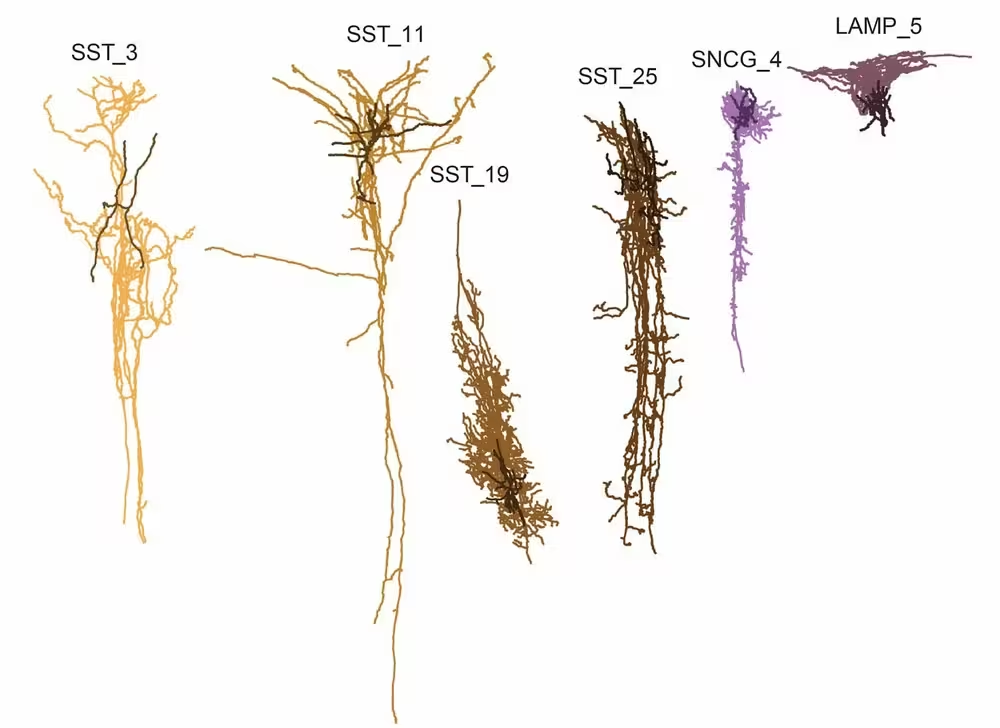A research group from the Allen Institute in Seattle (USA) and other institutions found that Alzheimer’s disease develops in two stages. The first stage, the early stage, occurs slowly and imperceptibly (before memory problems appear) and damages certain types of cells. The second stage, which coincides with the onset of symptoms, leads to severe brain damage.
Alzheimer’s disease, the most common form of dementia, is the gradual death of brain cells. This neurodegenerative disease, first described by German psychiatrist Alois Alzheimer in 1907, causes impairment of memory, intelligence and emotional control. Most often, the disease is diagnosed in patients age 65 and older, but most brain damage occurs long before symptoms appear.
It was previously believed that the disease develops in several stages, characterized by cell death, inflammation, and the accumulation of proteins in the form of plaques. A study now published in the journal Nature Neuroscienceshowed that this disease changes the brain in two stages. This discovery significantly expands the understanding of the cellular processes observed in the development of neurodegenerative diseases.
Using advanced genetic analysis techniques, the researchers examined samples of more than 3.4 million cell nuclei extracted from the middle temporal gyrus (the part of the brain involved in language processing and semantic memory) of 84 donors with various stages of Alzheimer’s disease. The average age of the patients (33 men and 51 women) was 88 years. Tissue samples were taken after autopsy.
Rather than comparing with data from healthy people, the scientists ranked the donors according to pseudo-progression of the disease based on quantitative neuropathology and developed a multimodal map of brain cells. It displays the cellular and genetic chronology of changes during the course of the disease.
This is how the team discovered two distinct stages of the disease’s development. The first stage is characterized by slow progression of pathology and damage to certain cell types, including inhibitory neurons. These changes disrupt neural circuits.
The second phase is characterized by an exponential increase in pathological changes, including the loss of excitatory neurons and other inhibitory neuron subtypes. At this stage, greater destruction occurs, accompanied by memory impairment and other symptoms.
Creating a multimodal map of brain cells in Alzheimer’s disease allows us to better understand which cell populations and processes are involved in the development of the disease at different stages. The discovery will also lead to the development of new diagnostics and targeted therapy for this neurodegenerative disease that could slow or prevent brain damage.













